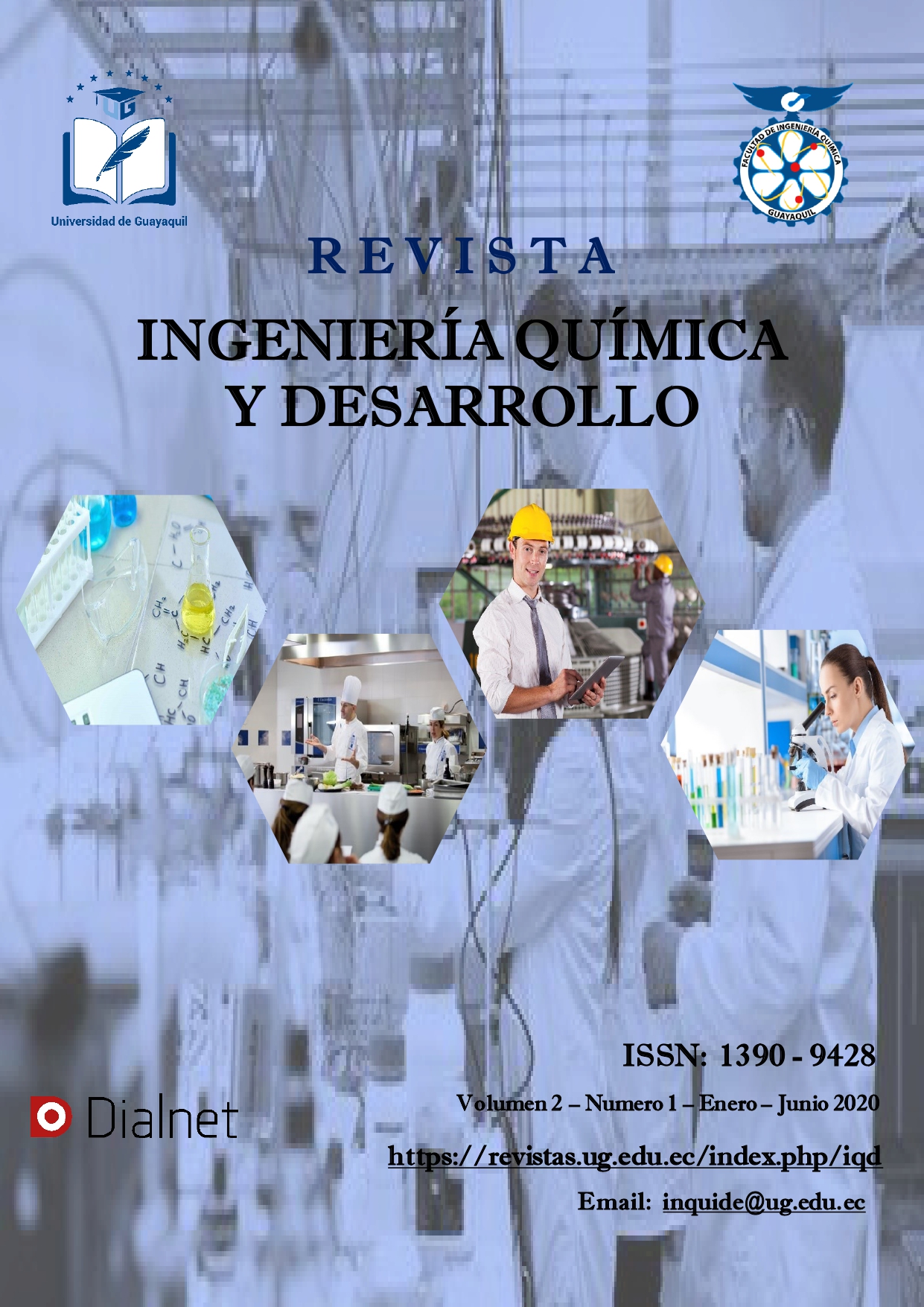Competitiveness Model to study the performance of a Municipality. Case Can ton of Guayaquil
DOI:
https://doi.org/10.53591/iti.v8i8.158Keywords:
Local Competitiveness, competitiveness model, human capital, intelectual capital, econometric methodsAbstract
Toe competitiveness of organizations is the model that defines the use of best practices, which highlights the strength of the lnstitution, innovation, use of technology, the efficiency of the labor market among other things and the way to achieve this is with human capital. Gary Becker s theory shines everyday in the awareness of the organizations having increasingly competitive professionals, skills and abilities, so it has been shown that human talent can be conducted by investigation, develop societies and constantly innovation.The results of the investigation were ordered from the application of econometric, statistical and mathematical methods using computer software: Mathcad and Eviews, obtaining there search model consisting of variables: human resources, governance, human capital, quality oflife and technology. The thorough analysis of the results and allowed variables incorporated in the proposed Competitiveness Model for Cantan Guayaquil, human capital as a strategyto implement in arder to obtain competitive professionals to strengthen the intelectual capital ofthe organization type Municipality and give value to the organization with valuable intangible to the institution, be a pioneer andan example to ali municipalities with the same or similar features.
References
Alarco, G. & Anderson, C. (2011). Competitividad y desarrollo, evolución y perspectivas recientes. Lima:Ed. Centrum
Becker. G. {1964).Human Capital: A Theoretical and Empírical Analysis. Ed. Alianza
Beltrami, R. (2003). Región Metropolitana: índice de Calidad de vida a nivel comunal. Ministerio de Planificación y Cooperación, SERPLAC Región Metropolitana Santiago: Gobierno de Chile.
Bradley. {1997) Climatic Change at Higth Elevation Sites.KluwerAcademic, Dordrecht
Cabrero, E. & Ziccardi, A y Orilmela, l. (2003). Ciudades competitivas - ciudades cooperativas: conceptos claves y construcción de un índice para ciudades mexicanas. México DF.: Comisión Federal de Mejora Regulatoria (COFEMER)
Edvinsson, L. y Malone, M. {1997). Intellectual capital: realizing your company's true value by finding its hidden brainpower.New York. Harper Collins.
Luengo F., Gemrdo ( 1998). Elementos para la definición y evaluación de la calidad ambiental urbana. Una propuesta teórico-metodológica. Ponencia presentada en el IV Seminario Latinoamericano de Calidad de Vida Urbana. Septiembre de 1998, Tan di/, Bs.As., Argentina.
Martínez Ramos, M. (2003). De la contabilidad delos recursos humanos al capital intelectual y /agestión del conocimiento: una ampliación necesaria. Dirección y organización: Revista de dirección organización y administración de empresas, ISSN 1132-175X, N° 29, Págs.134-144.
Porter, M. (2009.). Ser competitivo. Barcelona: Ed. DEUSTO S A. Ediciones. Barcelona, España
Pérez Maldonado, A. {1999). La construcción de indicadores Bio-Ecológicos para medir la calidad del ambiente natural urbano. Documento de investigación del Grupo de Calidad Ambiental Urbana. Mérida: Facultad de Arquitectura y Arte de la Universidad de Los Andes. Colombia
Quevedo, W (2009). Globalización y Municipio: descentralización, participación ciudadana, capacitación permanente. Lima: Ed. San Marcos.
Sveiby ( 1997). Who designed the first intellectual capital model - the "Intangible Assets Monitor. (IAM).
Downloads
Published
Issue
Section
License
Copyright (c) 2016 Galo Cabanilla

This work is licensed under a Creative Commons Attribution-NonCommercial-NoDerivatives 4.0 International License.






